Climate Recommendations: Wearing a Kimono on Hot and Cold Days in Kyoto
All-Season Guide Kyoto, Japan
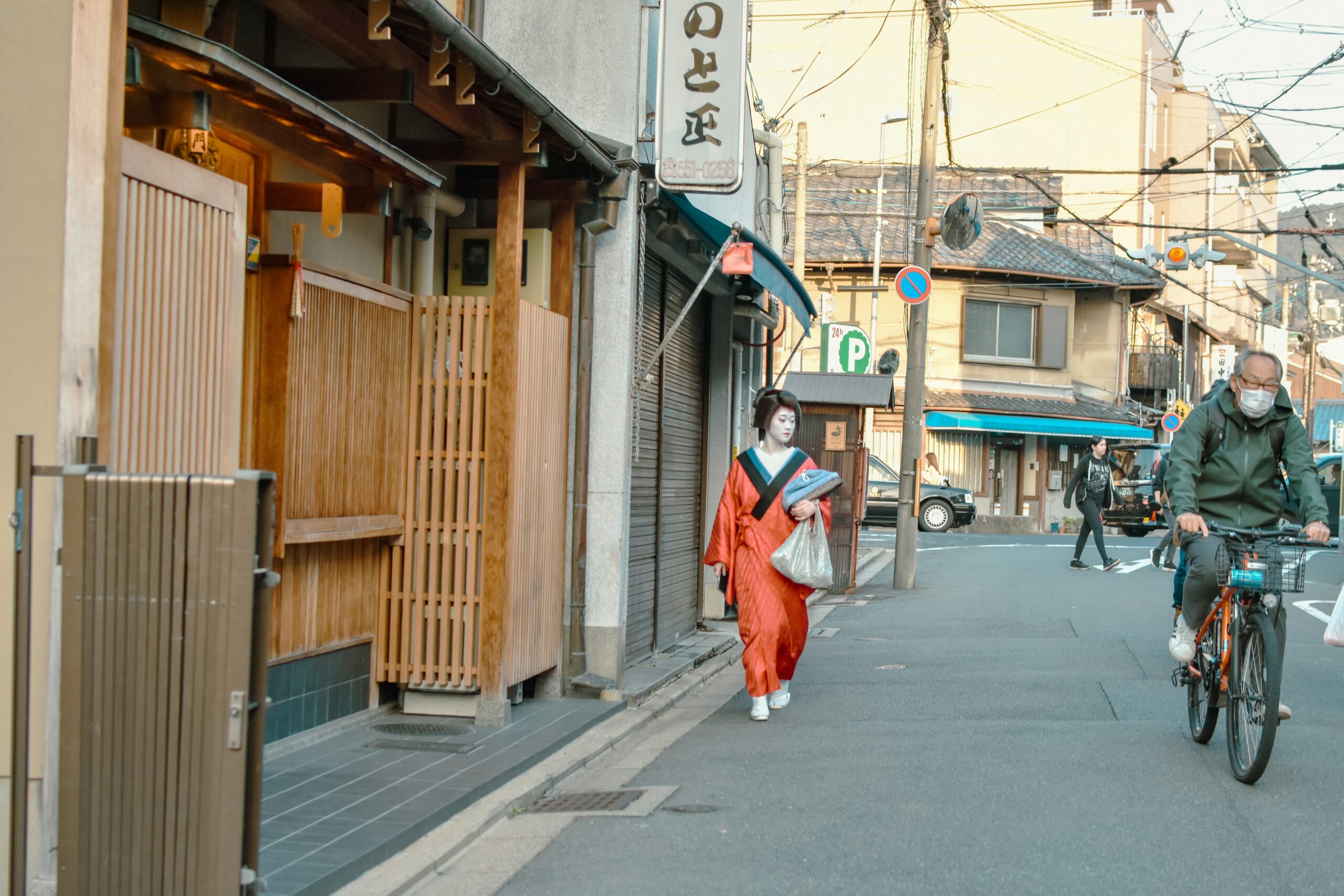
Introduction: Kyoto, Tradition, and Climate Challenges
Kyoto is a city where tradition meets nature in every season. Walking through the narrow streets of Gion or standing before the golden glow of Kinkaku-ji while wearing a kimono is a dream for many visitors. However, one question always arises: What is the best way to wear a kimono in Kyoto’s unique climate?
Kyoto experiences hot, humid summers and cold, crisp winters, meaning that choosing the right kimono fabric, layering techniques, and accessories can dramatically improve comfort and style.
In this comprehensive guide, we’ll explore how to adapt kimono fashion to hot and cold days in Kyoto, ensuring you remain elegant while feeling comfortable.
Why Wearing a Kimono in Kyoto Matters
Unlike Tokyo or Osaka, Kyoto is often regarded as the cultural heart of Japan. Traditional festivals such as Gion Matsuri or Aoi Matsuri are perfect opportunities to wear a kimono. Furthermore, kimono photoshoots in Kyoto’s scenic locations have become increasingly popular among both Japanese and international visitors.
👉 If you want to capture your kimono memories in the most authentic way, consider booking a professional photoshoot with AllPhoto Kyoto.

Kyoto’s Climate: What to Expect
Before choosing your kimono outfit, it’s important to understand Kyoto’s climate:
Spring
March–May
Mild, with cherry blossoms and fresh breezes. Temperatures range from 10°C to 22°C (50°F–72°F).
Summer
June–August
Hot and humid, often exceeding 35°C (95°F).
Autumn
September–November
Comfortable, with stunning red maple leaves. Temperatures range from 12°C to 25°C (54°F–77°F).
Winter
December–February
Cold, with occasional snow. Temperatures can drop below 0°C (32°F).
With these variations, kimono styling must adapt accordingly.
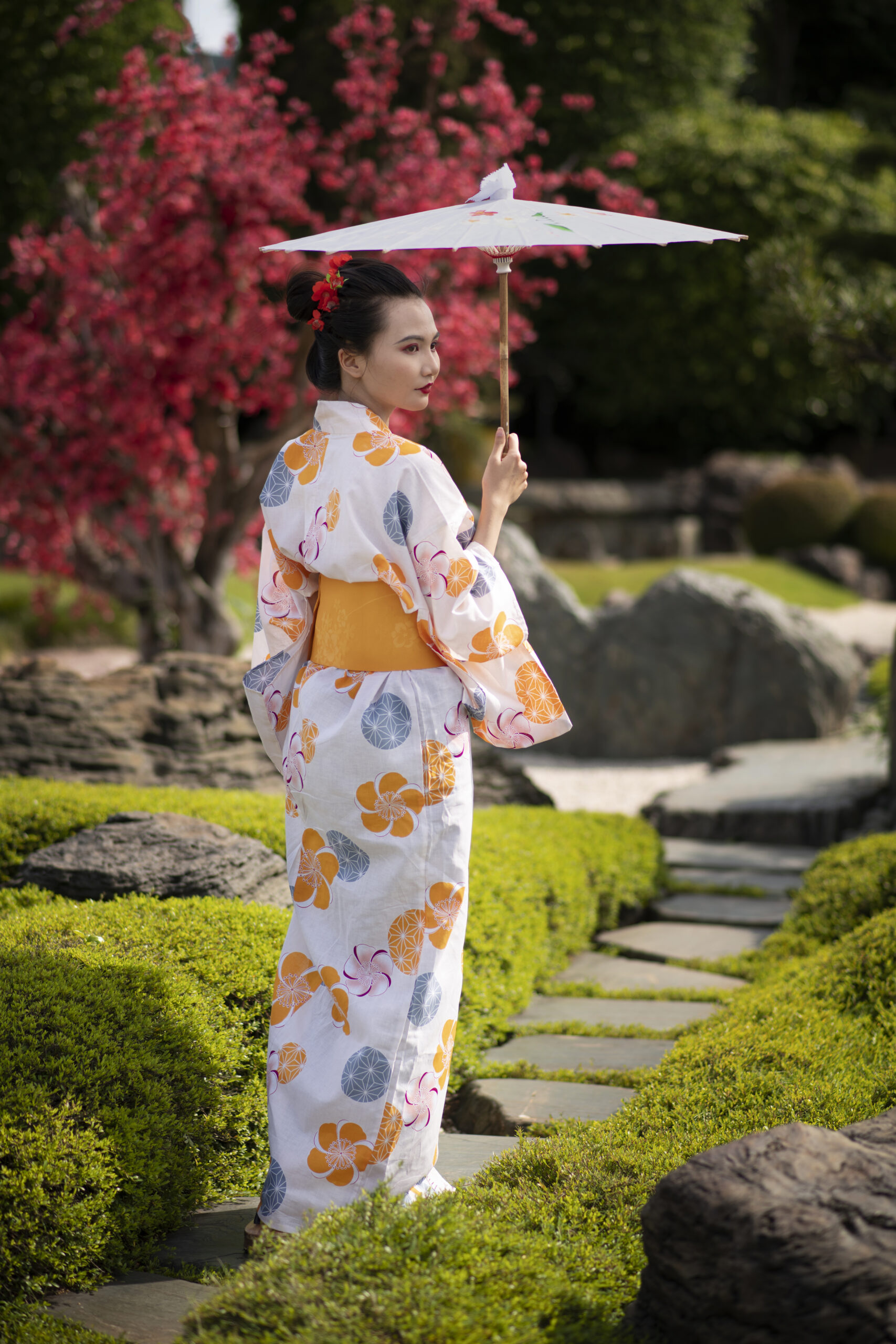
Wearing a Kimono in Hot Kyoto Summers
Kyoto summers can be tough, but the right kimono choices will keep you stylish and comfortable.
1. Choose Lightweight Fabrics
- Yukata (浴衣): A cotton kimono often worn in summer festivals.
- Ro (絽) and Sha (紗) silk: Sheer fabrics that allow airflow.
- Linen blends: Popular for casual outings.
2. Opt for Lighter Colors
Lighter shades like white, sky blue, or pastel pink reflect sunlight better than dark tones.
3. Accessories to Stay Cool
- Sensu (folding fan): A traditional fan for ventilation.
- Uchiwa (round fan): Common at festivals.
- Bamboo sandals: Lighter and more breathable than closed footwear.
4. Hairstyles for Hot Days
Wearing your hair up prevents heat buildup and shows off the nape of your neck, which is considered elegant in kimono fashion.
5. Where to Go in Summer with Kimono
- Gion Matsuri (July): Kyoto’s most famous festival.
- Kamo River walks at sunset.
- Evening strolls in Pontocho Alley.
Wearing a Kimono in Kyoto’s Cold Winters
Kyoto winters bring a completely different challenge. Staying warm while looking graceful in a kimono requires layers and smart accessories.
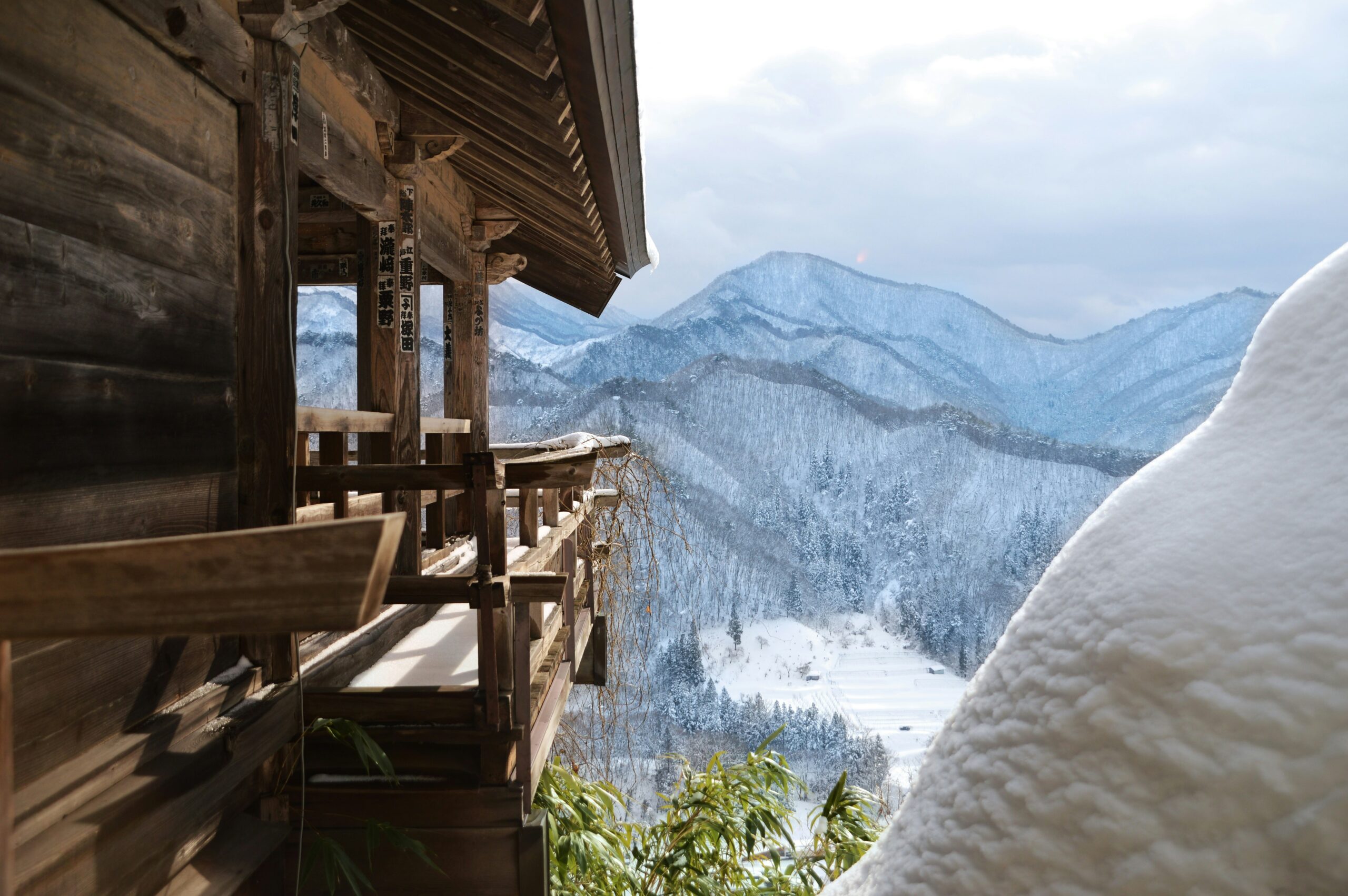
1. Layer with Nagajuban
Wear a nagajuban (under-kimono) made of warm material like silk-wool blends.
2. Add Haori and Michiyuki
- Haori (羽織): A short kimono jacket for warmth.
- Michiyuki (道行): A longer coat designed for kimono wearers.
3. Use Warm Accessories
- Tabi socks with lining.
- Gloves and scarves (subtle, neutral tones to match kimono).
- Kairo (pocket warmers): Small heat packs hidden inside obi or sleeves.
4. Color Palettes for Winter
Deeper tones such as burgundy, forest green, and navy bring elegance to winter photos.
5. Best Winter Spots in Kyoto
- Snowy Kiyomizu-dera Temple.
- Golden Pavilion (Kinkaku-ji) with snow reflection.
- Arashiyama bamboo forest in crisp air.
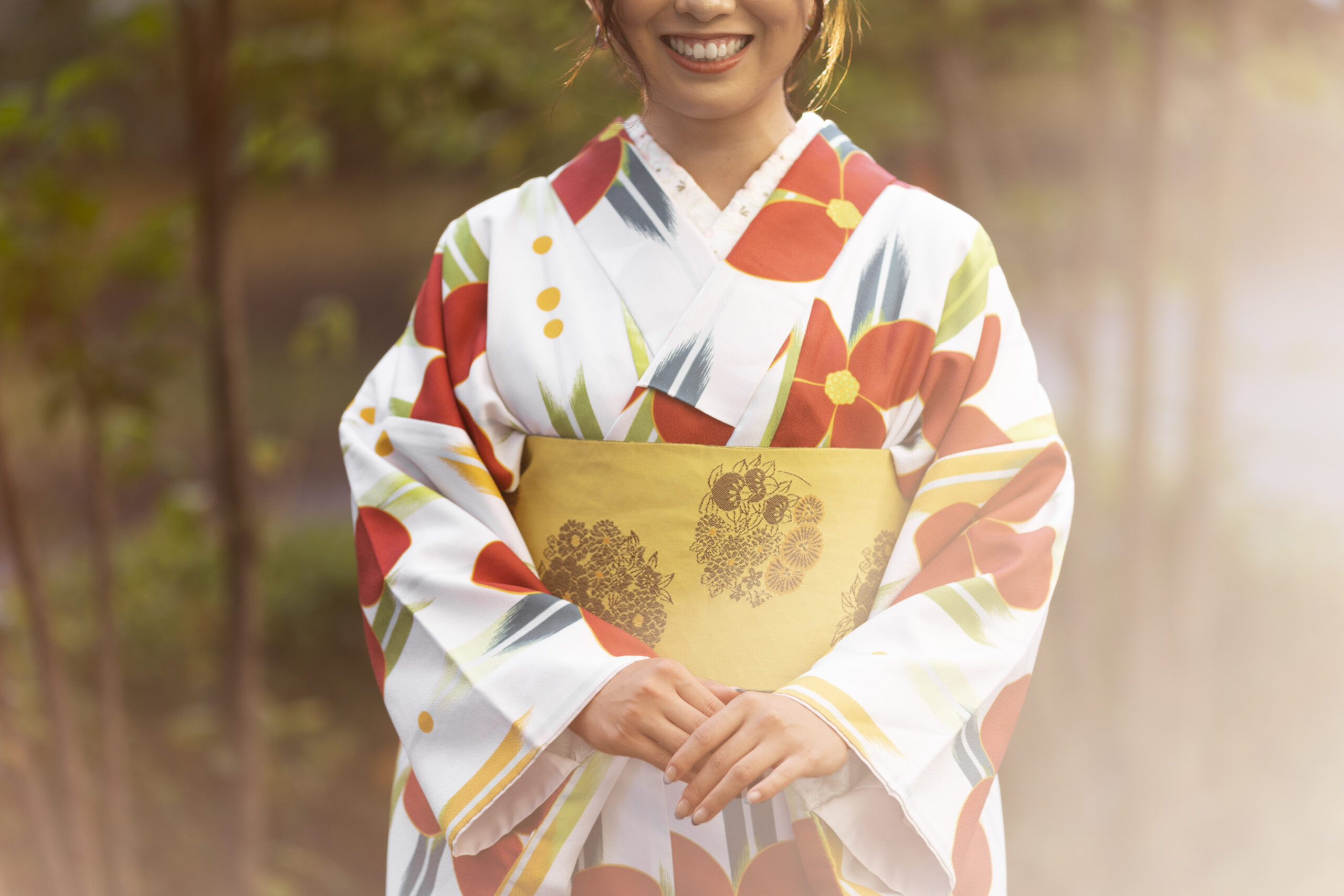
Seasonal Kimono Gallery
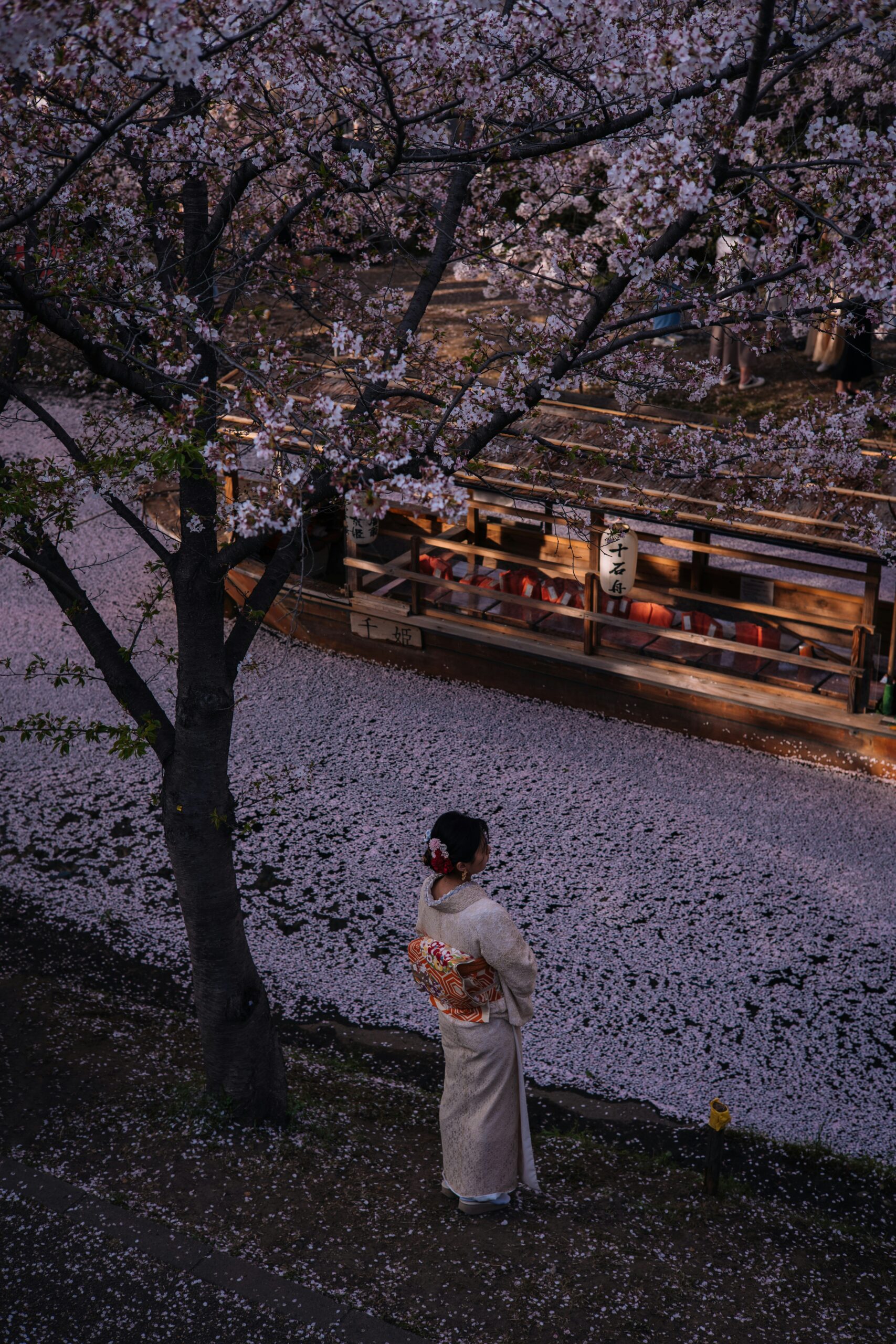
Spring at Kiyomizu-dera
Cherry blossom season kimono
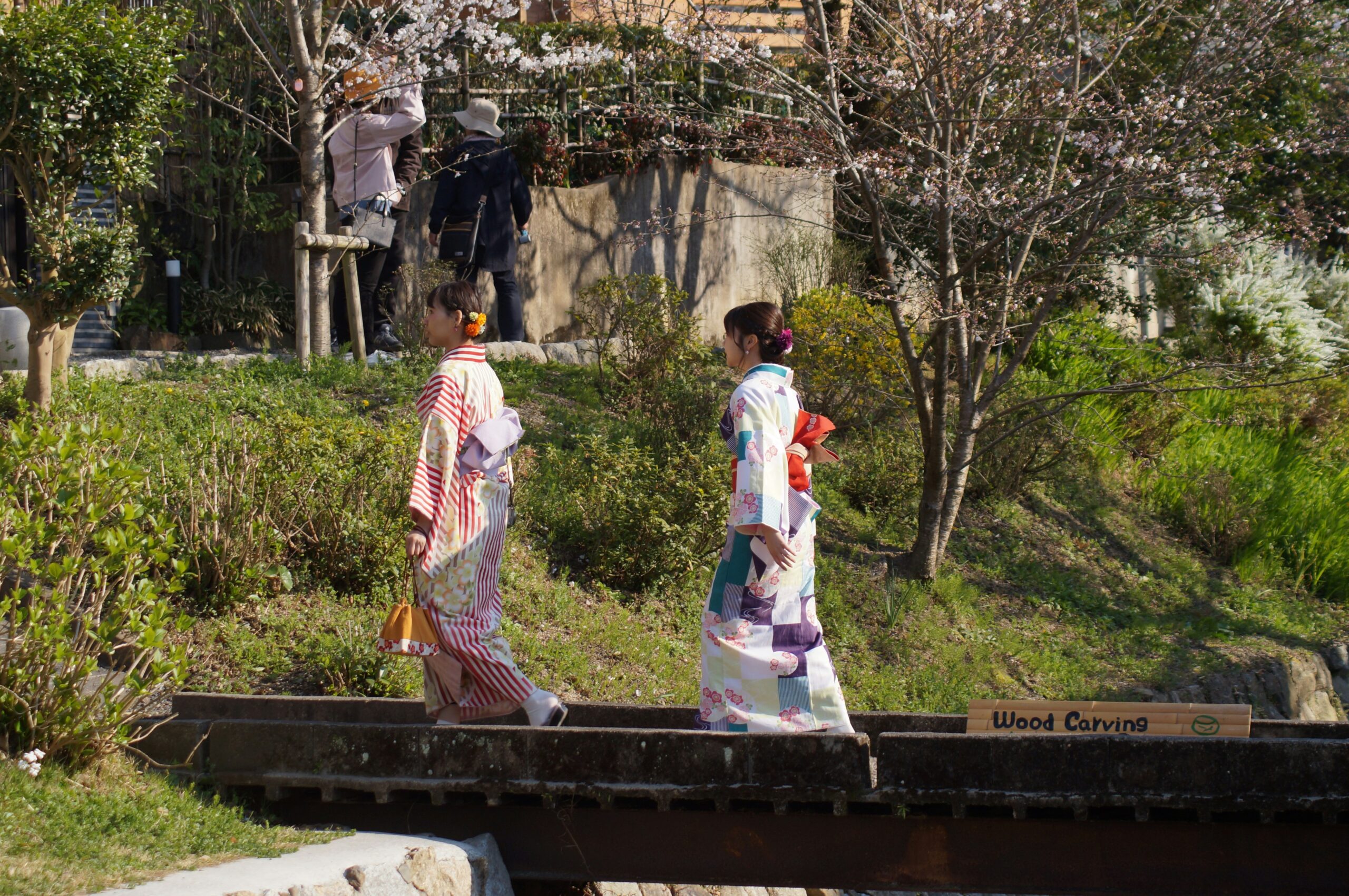
Autumn in Arashiyama
Maple season elegance
Year-Round Kimono Tips in Kyoto
No matter the season, there are universal guidelines:
Fit matters
The obi must be tied securely yet comfortably.
Posture
Walking with small, deliberate steps enhances elegance.
Seasonal motifs
Cherry blossoms in spring, dragonflies in summer, maple leaves in autumn, pine in winter.
Photography
Capture memories in Kyoto’s scenic locations.
The Importance of Seasonal Kimono Photography
Wearing a kimono is one thing; capturing the moment is another. Kyoto’s seasonal beauty makes it a perfect backdrop for photos.
At AllPhoto Kyoto, we specialize in professional kimono photoshoots across Kyoto’s most iconic spots. Our team ensures you get unforgettable images, whether under cherry blossoms, autumn leaves, or snowy temples.Book Your Photoshoot


コメント